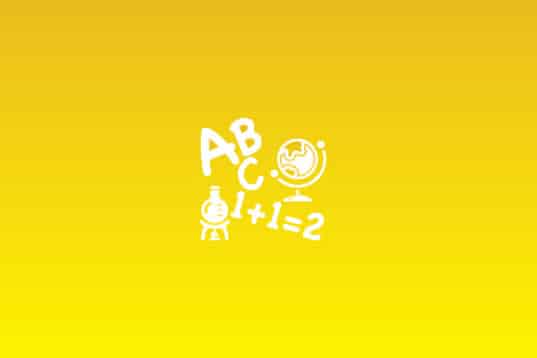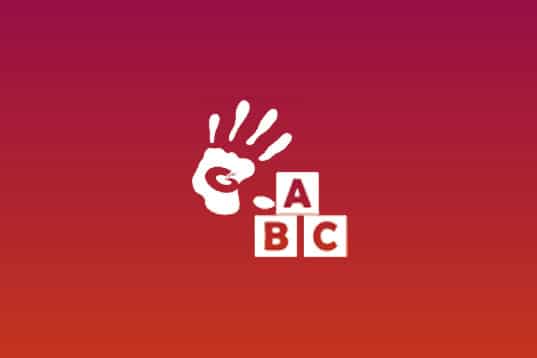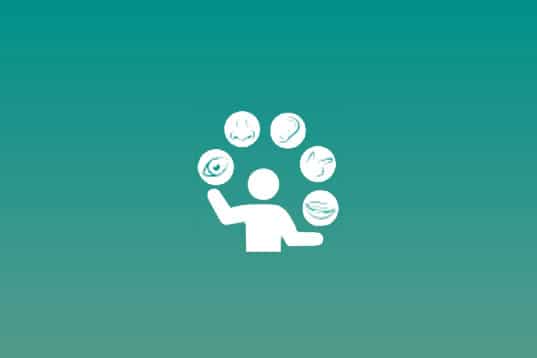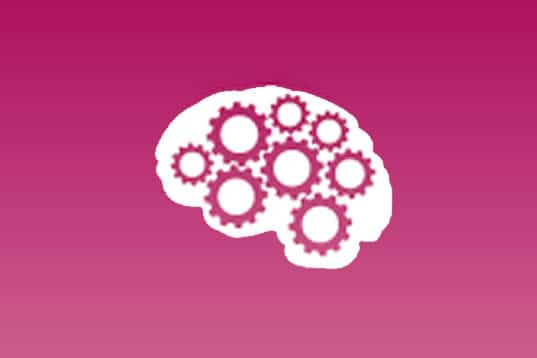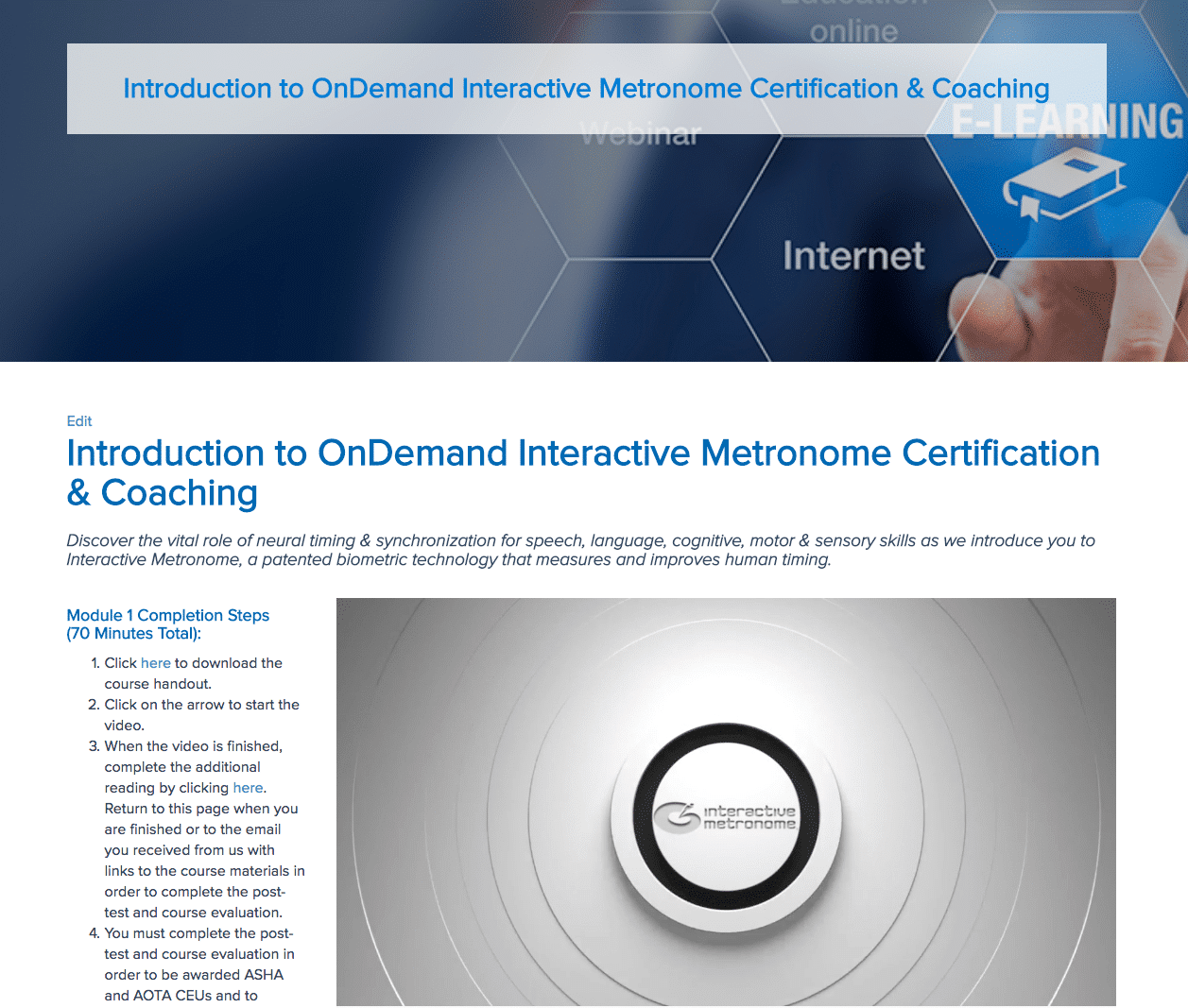OnDemand Library
Check out our 90+ OnDemand resource library! These courses contain relevant and valuable information to hone your IM skills and move your practice to the next level. Some courses are even eligible to earn ASHA & AOTA CEUs. Simply click on the category below, and it will expand to reveal each course title, description, and agenda. Start learning today!
Now you can tailor your continuing education to what you need and obtain a reward for doing so! Complete every course in a category to earn a badge that will be posted on the provider locator board to show off your educational achievements. You must successfully pass a post-test and complete an evaluation of each course in order to earn the badge.
While you’re here, check out our FREE webinars. These don’t earn rewards, but they are full of helpful information for getting started with IM and how to ensure clinical profitability with IM training.
Attend a 1-Day, Live Online IM Certification Course
Seating is limited. Please register early to reserve your spot!

Live training is packed with dynamic content taught by an IM Provider. Get all your questions answered and learn how this technology can transform patient outcomes and your practice. We've been told, "The best live course I've attended in years," come see why!
*See the time zone option next to the course date.
If borrowing equipment, $50 shipping and handling will be applied automatically at check out.
OnDemand IM Certification & Coaching Course Preview
Register for Our Featured Webinar Today for FREE!
Learn about the research behind IM in this free introductory webinar.
In this introductory course, featuring Module 1 of the OnDemand IM Certification & Coaching Course, you will be introduced to the science behind the Interactive Metronome. Please note that completion of the full Interactive Metronome OnDemand Certification & Coaching Course (8 modules) is required to become IM Certified.
CEUs
Not Offered for CEUs.
Course Type
OnDemand Webinar
Instructional Level
Introductory
Price
FREE
Check out these FREE Courses from Interactive Metronome®!
 There is no time like today to get started with IM training. Our free courses cover the science and research behind Interactive Metronome®, how to get started with IM training, clinical profitability and virtual training with IM-Home. If you want to find out more about IM and earn Contact Hours/CEUs, then these courses are for you!
There is no time like today to get started with IM training. Our free courses cover the science and research behind Interactive Metronome®, how to get started with IM training, clinical profitability and virtual training with IM-Home. If you want to find out more about IM and earn Contact Hours/CEUs, then these courses are for you!
Academic Courses
 IM has always been an invaluable tool for parents and educators, and these webinars outline how to incorporate IM training into a school setting. We cover everything from summer camps to writing IEP goals in these educator-focused webinars.
IM has always been an invaluable tool for parents and educators, and these webinars outline how to incorporate IM training into a school setting. We cover everything from summer camps to writing IEP goals in these educator-focused webinars.
| Course Title | CE Type | Contact Hours | Cost | Format |
|---|---|---|---|---|
| Using IM in the Schools | AOTA | 1 | FREE (a $15 value!) | On Demand Webinar |
| Movement, Executive Function, & the Interactive Metronome | N/A | N/A | FREE (a $15 value!) | On Demand Webinar |
| Educator’s Approach | N/A | N/A | FREE (a $15 value!) | On Demand Webinar |
| IM in Education: Summer Intensive Camps | N/A | N/A | FREE (a $15 value!) | On Demand Webinar |
| Writing SMART IEP Goals for IM in the Academic Setting | N/A | N/A | FREE (a $15 value!) | On Demand Webinar |
| So You Want to Write a Grant for IM in Your School? | N/A | N/A | FREE (a $15 value!) | On Demand Webinar |
| Spread the Word: Timing & Rhythm are Important for Learning | N/A | N/A | FREE (a $15 value!) | On Demand Webinar |
| Using Rhythm to Extend IM when SLP, OT & PT Co-treat | N/A | N/A | FREE (a $15 value!) | On Demand Webinar |
Autism Spectrum Disorder
 Autism Spectrum Disorders present a unique set of challenges. Children deal with a wide range of symptoms and require very different treatment plans. These webinars will help providers who work with children that have this special blend of social and communication troubles.
Autism Spectrum Disorders present a unique set of challenges. Children deal with a wide range of symptoms and require very different treatment plans. These webinars will help providers who work with children that have this special blend of social and communication troubles.
| Course Title | Subject | CE Type | Contact Hours | Cost | Format |
|---|---|---|---|---|---|
| An Introduction and Practical Guide to the Effective Treatment of Autism with IM | Pediatric | AOTA / ASHA | 2 | FREE (a $15 value!) | On Demand Webinar |
| Part 1 - Strategies for Training the Autism Spectrum Client | Pediatric | N/A | N/A | FREE (a $15 value!) | On Demand Webinar |
| Part 2 - Strategies for Training the Autism Spectrum Client | Pediatric | N/A | N/A | FREE (a $15 value!) | On Demand Webinar |
| Using IM with Children on the Autism Spectrum | Pediatric | N/A | N/A | FREE (a $15 value!) | On Demand Webinar |
| “We Got the Beat for Children with ASD” | Pediatric | AOTA | 1 | FREE (a $15 value!) | On Demand Webinar |
Brain Injury/Stroke Courses
 Brain injuries can occur anywhere, anytime and to anyone. Whether it is external trauma, disease or a stroke, lingering effects on the brain can rob someone of his or her quality of life. Restoring that quality of life for brain injury patients is the goal of these courses.
Brain injuries can occur anywhere, anytime and to anyone. Whether it is external trauma, disease or a stroke, lingering effects on the brain can rob someone of his or her quality of life. Restoring that quality of life for brain injury patients is the goal of these courses.
Early Intervention Courses
 It is well established that the rate of development is most rapid during the preschool years. Early intervention is critical to prevent or minimize the future impact of disability. These webinars are great for anyone working with infant & toddler populations that may already be showing signs of developmental delays and motor difficulties. Additionally, the hands-on approach to IM training that has been so successful with young children has also been shown to be effective for older children and adults with severe disabling conditions.
It is well established that the rate of development is most rapid during the preschool years. Early intervention is critical to prevent or minimize the future impact of disability. These webinars are great for anyone working with infant & toddler populations that may already be showing signs of developmental delays and motor difficulties. Additionally, the hands-on approach to IM training that has been so successful with young children has also been shown to be effective for older children and adults with severe disabling conditions.
| Course Title | CE Type | Contact Hours | Cost | Format |
|---|---|---|---|---|
| Strategies for Facilitating Development in Toddlers & Preschoolers | N/A | N/A | FREE (a $15 value!) | On Demand Webinar |
| The Effectiveness of Hand-over-Hand Interactive Metronome® for Infants, Toddlers, and Clients with Severe Physical Disabilities | N/A | N/A | FREE (a $15 value!) | On Demand Webinar |
| Facilitate Development in Infants & Toddlers with Interactive Metronome® | N/A | N/A | FREE (a $15 value!) | Slidedeck Presentation |
Home Health/SNF Courses
 IM isn't just for the use in the clinic. It's completely portable & is a very important part of the treatment plan for home healthcare & skilled nursing facility patients who are trying to get back on their feet again after an injury or illness. Learn how IM training can motivate clients to participate in therapy, decrease missed visits, and accelerate treatment outcomes.
IM isn't just for the use in the clinic. It's completely portable & is a very important part of the treatment plan for home healthcare & skilled nursing facility patients who are trying to get back on their feet again after an injury or illness. Learn how IM training can motivate clients to participate in therapy, decrease missed visits, and accelerate treatment outcomes.
| Course Title | CE Type | Contact Hours | Cost | Format |
|---|---|---|---|---|
| Using IM in Skilled Nursing Facilities | N/A | N/A | FREE (a $15 value!) | On Demand Webinar |
| Reaching ADL Goals in Home Healthcare with Interactive Metronome® | N/A | N/A | FREE (a $15 value!) | On Demand Webinar |
| IM in Home Health Care | N/A | N/A | FREE (a $15 value!) | On Demand Webinar |
| Decrease Missed Visits in the Home Care Setting With IM | N/A | N/A | FREE (a $15 value!) | On Demand Webinar |
Innovative Pediatric Courses
 It is important to tailor services to children, who may not have the strength, attention and cognitive development necessary to complete some IM tasks. Being flexible is the key to success and we've got plenty of information on unique strategies to use with IM assessment & training.
It is important to tailor services to children, who may not have the strength, attention and cognitive development necessary to complete some IM tasks. Being flexible is the key to success and we've got plenty of information on unique strategies to use with IM assessment & training.
| Course Title | CE Type | Contact Hours | Cost | Format |
|---|---|---|---|---|
| Treating Moderate-Severe Pediatric Conditions with IM | N/A | N/A | FREE (a $15 value!) | On Demand Webinar |
| Innovative Pediatric Practice with IM: Improve Your Outcomes | N/A | N/A | FREE (a $15 value!) | On Demand Webinar |
| Group IM Training | N/A | N/A | FREE (a $15 value!) | On Demand Webinar |
| Efficient Programming - IM in a Group Therapy Setting | N/A | N/A | FREE (a $15 value!) | On Demand Webinar |
| Addressing Hemispheric Imbalances with Interactive Metronome® | N/A | N/A | FREE (a $15 value!) | On Demand Webinar |
| The IM Intensive Program: Maximizing Potential | N/A | N/A | FREE (a $15 value!) | On Demand Webinar |
| Using At-Home Activities to Improve In-Clinic IM Performance | N/A | N/A | FREE (a $15 value!) | On Demand Webinar |
| Combining Technologies: Driving Functional Neuroplasticity | N/A | N/A | FREE (a $15 value!) | On Demand Webinar |
Motor (Neuro/Ortho) Courses
 The specific motor skill that is practiced is as important repetition for the successful habilitation/rehabilitation of motor skills following neurological injury. IM is also uniquely suited to facilitate the neuromuscular communication needed to restore shoulder balance post injury, as well as providing performance-based visual and auditory feedback in order to develop neuromuscular balance of the proximal wrist and carpal joints and facilitate dexterity and fine motor manipulation following injury to the hand. Learn how to adapt & individualize IM training to address motor timing & rhythm for neurological conditions like hemiplegia, ataxia, and dyspraxia as well various orthopedic conditions impacting the hand, wrist, elbow and shoulder for more rapid and extensive treatment outcomes.
The specific motor skill that is practiced is as important repetition for the successful habilitation/rehabilitation of motor skills following neurological injury. IM is also uniquely suited to facilitate the neuromuscular communication needed to restore shoulder balance post injury, as well as providing performance-based visual and auditory feedback in order to develop neuromuscular balance of the proximal wrist and carpal joints and facilitate dexterity and fine motor manipulation following injury to the hand. Learn how to adapt & individualize IM training to address motor timing & rhythm for neurological conditions like hemiplegia, ataxia, and dyspraxia as well various orthopedic conditions impacting the hand, wrist, elbow and shoulder for more rapid and extensive treatment outcomes.
Other Neurological Condition Courses
 Neural timing & synchronization are at the heart of many neurological conditions like Parkinson's and Tourettes. Learn how to adapt specific exercises to meet the unique needs of these client populations.
Neural timing & synchronization are at the heart of many neurological conditions like Parkinson's and Tourettes. Learn how to adapt specific exercises to meet the unique needs of these client populations.
| Course Title | CE Type | Contact Hours | Cost | Format |
|---|---|---|---|---|
| IM & Parkinson’s: Preserving Function & Independence | N/A | N/A | FREE (a $15 value!) | On Demand Webinar |
| "IM Resolved My PTSD" | N/A | N/A | FREE (a $15 value!) | On Demand Webinar |
| Using IM to Improve Symptoms of Tourette | N/A | N/A | FREE (a $15 value!) | On Demand Webinar |
Practice Management Courses
 Learn effective strategies for building and managing your practice, from growing and scaling, to navigating the complex and often frustrating world of insurance, to helping clients find alternative payment options for IM training with these courses.
Learn effective strategies for building and managing your practice, from growing and scaling, to navigating the complex and often frustrating world of insurance, to helping clients find alternative payment options for IM training with these courses.
| Course Title | CE Type | Contact Hours | Cost | Format |
|---|---|---|---|---|
| Documentation and Billing Practices to Maximize Reimbursement for IM and IM Home | N/A | N/A | FREE (a $15 value!) | On Demand Webinar |
| Practice Management Essentials: Growth & Scalability with Interactive Metronome | AOTA/ASHA | 3 | FREE (a $15 value!) | On Demand Webinar |
| Maintaining Your Patient Relationships: How SSDI Can Help | N/A | N/A | FREE (a $15 value!) | On Demand Webinar |
Reading /Literacy Courses
 Children with early speech and language disorders are at greater risk for developing reading problems later on. Many of these children have difficulty with processing speech sounds. Subsequently, exposure to fewer and less complex reading materials over time negatively impacts oral language skills. Research has repeatedly shown that IM impacts reading fluency, rate and comprehension. These webinars will provide you with practical tips for IM training & best practices to help children reach their reading and language potential.
Children with early speech and language disorders are at greater risk for developing reading problems later on. Many of these children have difficulty with processing speech sounds. Subsequently, exposure to fewer and less complex reading materials over time negatively impacts oral language skills. Research has repeatedly shown that IM impacts reading fluency, rate and comprehension. These webinars will provide you with practical tips for IM training & best practices to help children reach their reading and language potential.
| Course Title | CE Type | Contact Hours | Cost | Format |
|---|---|---|---|---|
| Improving Reading with Interactive Metronome® | N/A | N/A | FREE (a $15 value!) | On Demand Webinar |
SPD/ADHD Courses
 Sensory signals received by the central nervous system do not become organized into an appropriate response in individuals with SPD, making it difficult to process and act appropriately. SPD and ADHD can lead to difficulty with academics, peer relations, and carrying out activities of daily living. Find out how to adapt your approach & settings to optimize your IM training outcomes for individuals with SPD & ADHD.
Sensory signals received by the central nervous system do not become organized into an appropriate response in individuals with SPD, making it difficult to process and act appropriately. SPD and ADHD can lead to difficulty with academics, peer relations, and carrying out activities of daily living. Find out how to adapt your approach & settings to optimize your IM training outcomes for individuals with SPD & ADHD.
| Course Title | CE Type | Contact Hours | Cost | Format |
|---|---|---|---|---|
| “The I’M-Getting-In-Sync Child” | AOTA/ASHA | 1 | FREE (a $15 value!) | On Demand Webinar |
| Using IM for Sensory Integration: Special Considerations | N/A | N/A | FREE (a $15 value!) | On Demand Webinar |
| Is it Neurological Reorganization or Sensory Overload? | N/A | N/A | FREE (a $15 value!) | On Demand Webinar |
| Beyond the Fifth Sense: The Effectiveness of IM on Sensory Processing Disorders | N/A | N/A | FREE (a $15 value!) | On Demand Webinar |
| Tips for Treating Children with ADHD and SPD | N/A | N/A | FREE (a $15 value!) | On Demand Webinar |
| Integrating IM into Interventions for SPD and Dyspraxia | N/A | N/A | FREE (a $15 value!) | On Demand Webinar |
| Those Guide Sounds Are Driving Me Crazy! | N/A | N/A | FREE (a $15 value!) | On Demand Webinar |
Speech/Language Courses
 Research shows that an individual's ability to synchronize motor movements with a steady auditory beat is directly linked to the auditory brainstem's response to sound. Those that can synchronize more accurately, as measured in milliseconds, have less neural jitter and can produce and process sound more accurately, leading to more normal development of speech, language and literacy skills. On the other hand, those that struggle with timing & rhythm have more neural jitter in the auditory system resulting in disordered development. Learn more about integrating IM into pediatric and adult SLP practice for improved treatment outcomes.
Research shows that an individual's ability to synchronize motor movements with a steady auditory beat is directly linked to the auditory brainstem's response to sound. Those that can synchronize more accurately, as measured in milliseconds, have less neural jitter and can produce and process sound more accurately, leading to more normal development of speech, language and literacy skills. On the other hand, those that struggle with timing & rhythm have more neural jitter in the auditory system resulting in disordered development. Learn more about integrating IM into pediatric and adult SLP practice for improved treatment outcomes.
| Course Title | CE Type | Contact Hours | Cost | Format |
|---|---|---|---|---|
| Pediatric Language Therapy Outcomes with Interactive Metronome® | N/A | N/A | FREE (a $15 value!) | On Demand Webinar |
| Combining Speech and Motor Milestones During IM | N/A | N/A | FREE (a $15 value!) | On Demand Webinar |
| Rhythm Activities that Can Enhance Language Remediation | N/A | N/A | FREE (a $15 value!) | On Demand Webinar |
| Tapping Into Aphasia | N/A | N/A | FREE (a $15 value!) | On Demand Webinar |
| Using IM to Improve Auditory Processing | N/A | N/A | FREE (a $15 value!) | On Demand Webinar |
| Enhancing SLP Treatment Outcomes with Rhythmic Cues | ASHA | 2 | FREE (a $15 value!) | On Demand Webinar |
| SLPs Supporting OT/PT Goals When Using IM | N/A | N/A | FREE (a $15 value!) | On Demand Webinar |
Sports Courses
 Help your athletes find the "zone" to increase accuracy, decrease variability and achieve automaticity of execution in sports. These informative courses provide information regarding the scientific basis for use of IM with amateur and elite athletes as well as detailed instruction for customizing training for specific sports.
Help your athletes find the "zone" to increase accuracy, decrease variability and achieve automaticity of execution in sports. These informative courses provide information regarding the scientific basis for use of IM with amateur and elite athletes as well as detailed instruction for customizing training for specific sports.
Telepractice Courses
 Help your clients achieve their goals even though they can't make it in to see you with enough frequency for direct IM training. These courses are presented by providers with years of successful IM Home implementation with the goal of sharing best practice tips & strategies for optimal results.
Help your clients achieve their goals even though they can't make it in to see you with enough frequency for direct IM training. These courses are presented by providers with years of successful IM Home implementation with the goal of sharing best practice tips & strategies for optimal results.
| Course Title | CE Type | Contact Hours | Cost | Format |
|---|---|---|---|---|
| Implementing Virtual Training with IM-Home: Case Discussions | AOTA | 1 | FREE (a $15 value!) | On Demand Webinar |
| Get the Most from IM-Home: Tips & Motivational Strategies | N/A | N/A | FREE (a $15 value!) | On Demand Webinar |
| Ensuring Clinical Success and Profitability with IM Home | AOTA/ASHA | 1 | FREE (a $15 value!) | On Demand Webinar |
Visual Processing Courses
 Just like motor coordination & auditory processing, the brain requires precise neural timing for visual processing & executive functions. These courses focus on specific adaptations of IM to address these important abilities.
Just like motor coordination & auditory processing, the brain requires precise neural timing for visual processing & executive functions. These courses focus on specific adaptations of IM to address these important abilities.
| Course Title | CE Type | Contact Hours | Cost | Format |
|---|---|---|---|---|
| Improving Visual Attention & Processing with Visual-Only IM | N/A | N/A | FREE (a $15 value!) | On Demand Webinar |
| Improving Visual Processing & Executive Skills with IM | N/A | N/A | FREE (a $15 value!) | On Demand Webinar |
| Incorporating Visual Training into Your IM Sessions | N/A | N/A | FREE (a $15 value!) | On Demand Webinar |
Our Policies
SELF-STUDIES (including online webinar recordings & hard copy manuals)
Cancellation: IM reserves the right to determine the appropriate recourse for any CE activity for unforeseeable circumstances. Self-studies are non-refundable (including online webinar recordings and hard copy manuals/educational materials).


